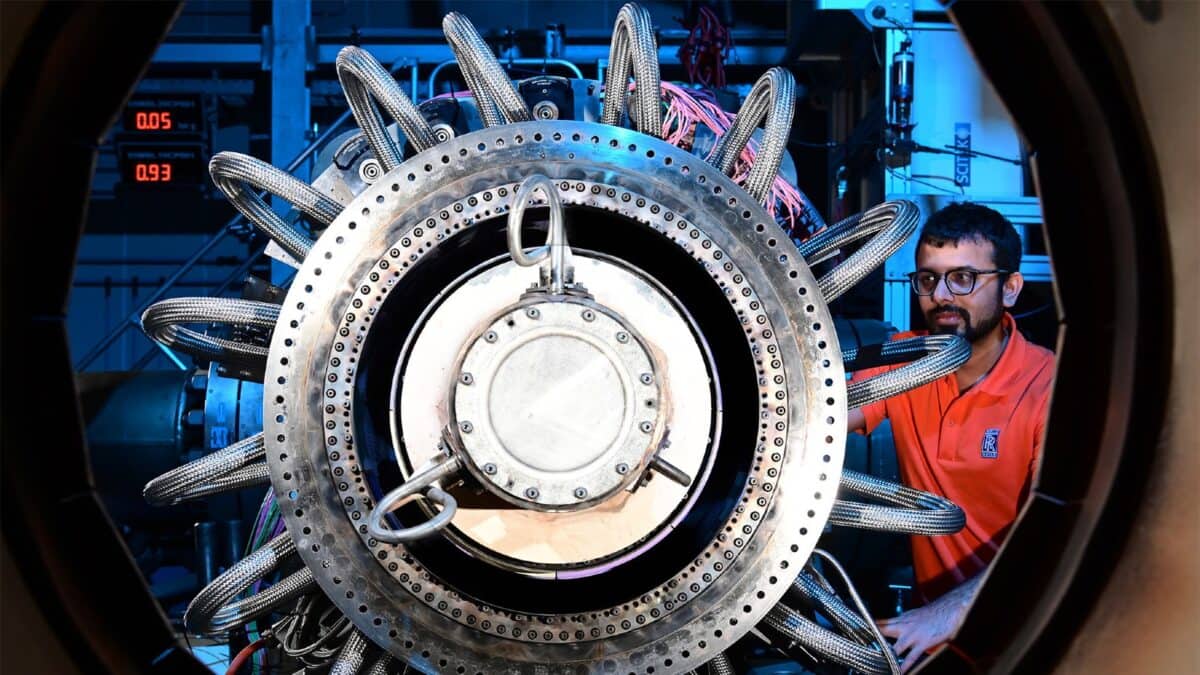Rolls-Royce (LSE:RR) shares were truly the standout performer of the Footsie in 2023. At the start of 2023, the stock was trading at 98.9p. Now as I write on 17 January, it’s £3 exactly.
That’s over a 200% return.
However, that’s the past. As an investor who lives in the present, I want to know how its shares will move from now until the end of 2024 and beyond.
Should you invest £1,000 in 4imprint Group Plc right now?
When investing expert Mark Rogers has a stock tip, it can pay to listen. After all, the flagship Motley Fool Share Advisor newsletter he has run for nearly a decade has provided thousands of paying members with top stock recommendations from the UK and US markets. And right now, Mark thinks there are 6 standout stocks that investors should consider buying. Want to see if 4imprint Group Plc made the list?
I know asking for another 200% is unrealistic. But can its shares reach £4.50?
This would provide a return of 33.3%.
While it’s not a triple-digit return, it’s still an amount that would mark an incredibly successful investment.
Challenges
The biggest risk for Rolls-Royce is its dependency on civil aviation engine sales. Demand for this is closely linked to the wider economy and is outside of its control.
While there’s optimism that demand for flying is growing and should reach pre-pandemic levels soon, this isn’t guaranteed.
The pandemic a few years ago is just an example of what an economic shock can do to the industry.
From March to October 2020, Rolls-Royce shares crashed by over 80%. They only just recovered from this in the second half of 2023.
Of its almost £7bn in revenue generated last year, almost £3.3bn came from its civil aviation division.
This is also its fastest-growing segment, with 38% growth year on year, outpacing overall revenue growth of 28%.
Therefore, if the economy does experience another catastrophe, Rolls-Royce’s largest and fastest-growing revenue stream is at risk.
Strengths
However, if we look at Rolls-Royce’s half-year results, it’s easy to see why investors are so enthusiastic about the stock.
As mentioned above, revenue has grown very strongly. But it’s also about how well the company has been managed.
It turned a loss before tax of £111m in 2022 into a profit of £524m in 2023.
In the same timeframe, its cash outflow of £68m turned into a cash inflow of £356m. This marks a great improvement.
It’s also managing its net debt well. This figure fell from £3.3bn at the end of 2022 to £2.8bn in the first half of 2023.
Additionally, I want to note that even though its civil aviation division is still the dominant force in the business, Rolls-Royce is well-diversified.
The defence division grew 15% to £1.9bn. Meanwhile, its power systems segment also experienced impressive growth of 24%, to reach £1.8bn in sales.
Can it reach the £4.50 target?
Rolls-Royce is a great company that I believe will continue to impress investors.
However, I’m conflicted on whether this is already priced in. A forward price-to-earnings (P/E) ratio of 27.7 is very expensive.
Ultimately, because of this frothy valuation, I don’t think it’ll reach this target by the end of 2024.
But the famous Warren Buffett quote, “It’s far better to buy a wonderful company at a fair price than a fair company at a wonderful price”, also rings in my ears.
That’s why, as a long-term investor, if I had the spare cash, I’d buy some of its shares today. If management continues to execute as well as it has been, and there are no economic shocks, I can certainly see Rolls-Royce shares hitting £4.50 beyond 2024.








